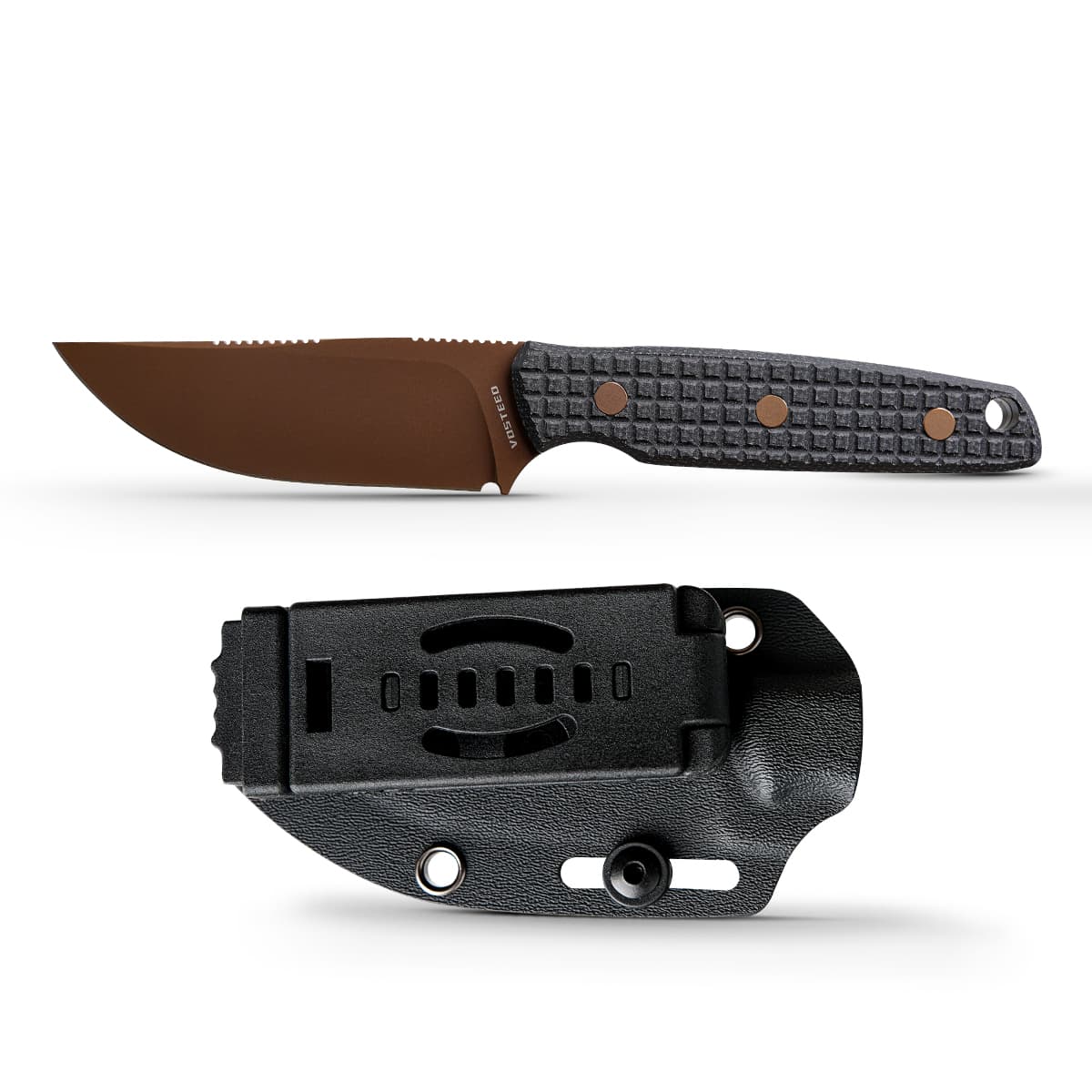Unlock the Secrets of Artisan Cutlery: Discover the Knives Every Chef Craves!
In the world of culinary arts, the tools you use can make all the difference in your cooking experience. Among these tools, artisan cutlery stands out as a cornerstone for both professional chefs and home cooks seeking to elevate their culinary skills. Handcrafted with a dedication to both form and function, artisan knives are becoming increasingly popular due to their high-quality materials and exceptional craftsmanship. As more individuals embrace the joys of cooking, the trend of investing in artisan cutlery is on the rise, promising not just performance but also a connection to the artistry behind each knife. In this article, we will explore the features and benefits of artisan cutlery knives, revealing why they are coveted in kitchens around the world.

Understanding Artisan Cutlery
Artisan cutlery refers to knives that are meticulously crafted by skilled artisans, often using traditional methods that have been passed down through generations. Unlike mass-produced knives that are churned out by machines in factories, each artisan knife is unique, embodying the individual craft of the maker. The process involves selecting premium materials such as high-carbon stainless steel for the blades and exotic hardwoods or durable synthetics for the handles. This attention to detail not only results in superior performance but also creates a piece of art that chefs can be proud to use. My friend, a passionate home cook, once shared how his first artisan knife transformed his approach to cooking; he felt like a true chef wielding a tool that resonated with craftsmanship and history.
Key Features of Artisan Cutlery Knives
What sets artisan knives apart are their distinctive features. The blade construction typically involves a high level of craftsmanship, often resulting in a sharper edge that retains its sharpness longer than mass-produced counterparts. Many artisan knives feature a full tang design, where the blade extends through the handle, providing better balance and control. The handles are not just functional; they are designed for comfort, often ergonomically shaped to fit the hand perfectly. This attention to detail enhances the cooking experience, allowing for precision and ease of use. For instance, when using a well-crafted artisan knife, the effortless gliding through vegetables or meat creates a satisfying rhythm that makes cooking enjoyable.
The Different Types of Artisan Knives
Artisan cutlery encompasses a variety of knife types, each tailored to specific culinary tasks. The chef's knife is the most versatile, ideal for chopping, dicing, and slicing. Paring knives, on the other hand, are perfect for intricate tasks like peeling and trimming. Specialty knives, such as filleting or bread knives, serve specific purposes and often feature unique designs to enhance their functionality. Each type of artisan knife brings with it advantages that can significantly improve your cooking. I remember attending a cooking class where the instructor emphasized the importance of using the right knife for each task, showcasing how an artisan paring knife could make delicate work feel effortless.
Choosing the Right Artisan Knife for Your Needs
Selecting the perfect artisan knife involves understanding your personal cooking style and preferences. Consider factors such as size and weight; a heavier knife can offer more cutting power, while a lighter knife allows for greater maneuverability. Additionally, think about the types of dishes you enjoy preparing. If you frequently cook large cuts of meat, a sturdy chef's knife may be your best bet. Maintenance is another critical aspect; some materials require more care than others. My friend who loves baking swears by her lightweight artisan serrated knife for perfect bread slices, but she had to learn the importance of proper maintenance to keep it in top shape.
Caring for Your Artisan Cutlery
To ensure the longevity and performance of your artisan knives, proper care is essential. Start with regular cleaning; hand wash your knives with mild soap and dry them immediately to prevent rusting. Sharpening is another crucial aspect; using a whetstone or honing steel can maintain the blade's edge, enabling smooth and efficient slicing. Storage also plays a vital role; a wooden block or magnetic strip not only keeps your knives organized but also protects the blades from damage. I’ve seen firsthand how my friend’s careful maintenance of her artisan knives kept them looking and performing like new, enhancing her culinary adventures.
The Artistry and Practicality of Artisan Knives
In summary, artisan cutlery knives offer an unparalleled blend of craftsmanship, functionality, and beauty. Their unique features make them essential tools for anyone serious about cooking, whether a professional chef or a home enthusiast. By investing in artisan knives, you not only enhance your culinary skills but also appreciate the artistry involved in their creation. If you're looking to elevate your cooking experience, exploring artisan options can lead to a more enjoyable and rewarding journey in the kitchen. So why not take the plunge and discover the joy of working with a knife that feels like an extension of your own hand?








